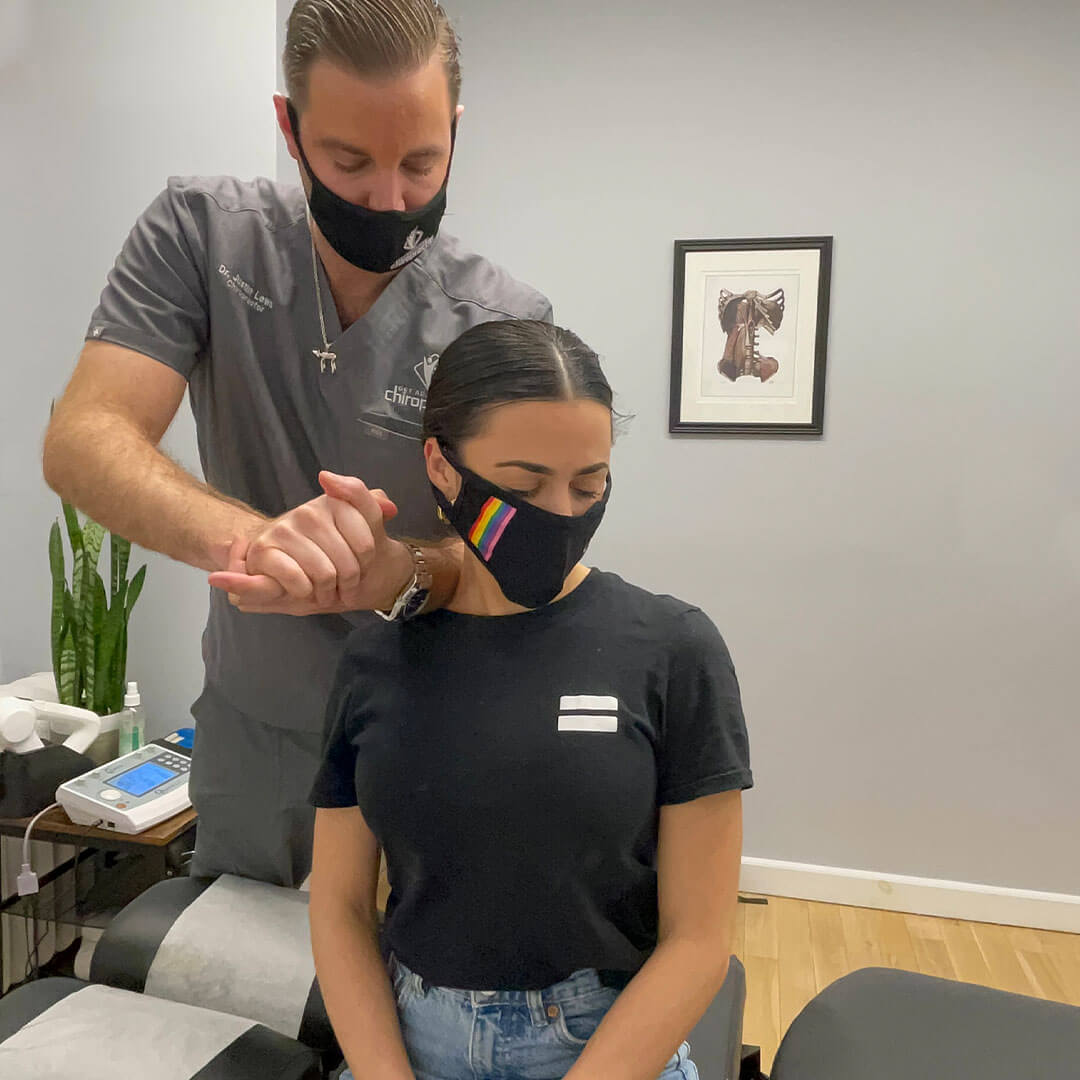Personalized Stretching for Popular Sports
Staying active and incorporating regular exercise into your daily routine is vital to maintaining your health — and having fun! Finding a sport or type of exercise that works for your interests and lifestyle is a simple and effective way to get and remain in shape. With any type of movement, stretching before and after any exercise or sports keeps your muscles, joints, and ligaments strong. A particular exercise or sport may require you to move your body in a certain way that you may not be used to regularly doing. By developing a personalized stretching routine, you can focus on any weaker areas (potentially where you’ve previously been injured) or muscles that may be used more frequently.
Dr. Justin Lewis outlines several stretching techniques you can use while incorporating a favorite exercise or sport into your routine:
Basketball
Basketball is a fun, active sport to get your body moving, whether it’s March Madness or a pickup game on the weekend. The sport requires a certain level of quickness and agility, as your movements are constantly changing. If you have a limited range of motion, it can be hard to perform at your best ability. The nature of basketball requires you to use your quadriceps, adductors, glutes, hamstrings, and calves throughout the game. Stretching these muscles helps increase oxygen and blood flow, prepping your body for full range of motion through the joints.
Like with any sport, stretching before and after can help prevent injury. Most injuries can be prevented with proper stretching — even if you only focus on a few areas. Stretching your hip and knee muscles will help prepare your knee joints and most of your leg muscles for the game. Stretching the IT band, quadriceps, hamstrings, and calves will help with this. Lumbar strains and sprains are the most common in basketball players, after lower limb injuries. These are caused by trauma or overuse. These muscles can be predisposed to overuse, with twisting, pivoting, and bending movements.
"The time to take aggressive action and control your stretching regimen is not when you start to feel pain and discomfort, it’s before. Most injuries and sprains can be prevented by a simple warmup routine that engages all muscles and parts of the body prior to us. Athletes get into trouble because they are in such good shape and think that they can get by without a proper stretching routine, but you will only be compounding the issue, which in turn leads to injury."
Skiing and Snowboarding
During the winter season, many lean into the cold weather and enjoy outdoor activities. Like skiing and snowboarding, snow sports are a great way to get outside and stay active during the colder months. According to recent research, skiing and snowboarding have proven to be a great workout. A combination of high altitude and low temperatures prove to be beneficial for the heart, lungs, and muscles to work hard in tandem. It’s also been shown to improve leg muscle function and heart and blood circulation for those who ski and snowboard on a regular basis.
A routine of stretching and regular exercise outside of skiing and snowboarding can help your performance on the slopes. The energy and movement of snow sports tend to reflect that of high intensity interval training (HIIT), which can be done off the slopes on your off days or during the off season. Warm up stretches for snow sports should match the intensity of the workout. A quick HIIT workout of 15-20 minutes replicates the endurance needed for the slopes. Focusing particularly on the hips, legs, and knees will help prevent injury and improve performance. Muscles to focus on would include: hamstrings, quadriceps, piriformis, gluteal muscles, hip flexors and your quadratus lumborum (QL).
"Quick movements are recurrent when going down a mountain and you are quickly engaging muscles to account for sharp motions. These muscles must be loosened up prior to use to avoid sprains or strains"
Golf
One might not consider golf the most active of sports, but that doesn’t mean stretching isn’t just as important! Stretching for any sport prepares your joints, warms up the muscles, and activates your nervous system. All of this works together to ensure your body can perform at its top function. Especially with golf, it’s imperative to have a certain level of flexibility for proper swing mechanics. Preventing any rigidity in your joints and muscles will help improve flexibility, particular through warm-up stretches. Dr. Justin Lewis does not recommend static stretching, or holding stretches, before a day of golf. These types of stretches sedate the muscles and compromise the muscle function.
Dr. Justin Lewis suggests stretching into your target muscles without holding the stretch — leaning in and out of the stretch until your muscles feel loose. The repetitive movement and minimal pausing tends to be more effective, as your brain can more actively monitor the change in your muscles.
Figuring out what areas of your body needs the most focus would be the first step in preparing for your day on the course. The muscles, joints, or body part that is of biggest concern for you and your swing may be your hips, shoulders, spine, or pelvis. Golfers should focus on stretching their rotator cuff muscles, gluteal muscles, and quadratus lumborum to help with their swing. Understanding how your body moves during a typical swing is important for isolating what areas to work on and stretch.
"Although golf is a non impact sport, stretching is key to enable full range of motion and to allow for full use of mobility muscles. When a muscle isn’t getting fully mobilized, it will take yards off of your swing and will inhibit how you can strike a ball."
Prevent long term pain with Get Adjusted Chiropractic! Book an appointment online today or call our office at 845-809-8300 to schedule a visit with Dr. Justin Lewis.



